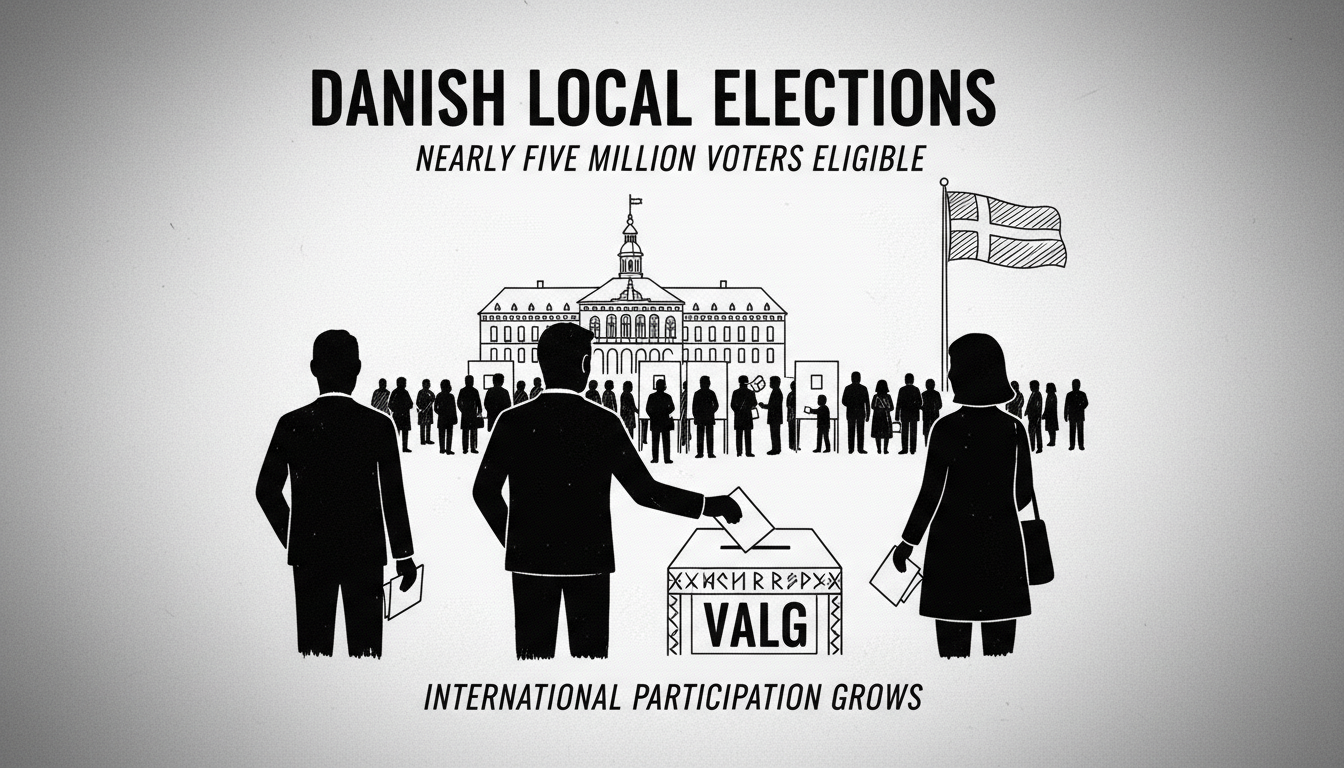At least 4,786,895 people can vote in Denmark's municipal and regional elections on November 18. The Interior and Health Ministry released these figures in a recent statement.
Officials counted voters registered 15 days before election day. The number includes all residents registered in Denmark on November 3.
Voter numbers could still increase this week. New arrivals from abroad, the Faroe Islands, or Greenland can register until seven days before elections.
The final voter count will be announced around November 12. The ministry noted numbers might change slightly until election day due to deaths or emigration.
Unlike national parliamentary elections, Danish citizenship isn't required for local votes. Any resident aged 18 or older with permanent address in a municipality can participate.
Non-EU citizens need four years of continuous residence in Denmark first. This includes people from outside the EU, Iceland, Norway, or Britain.
Among eligible voters counted so far, 480,901 are foreign citizens living in Denmark. That represents about ten percent of all voters.
Some 280,952 come from other EU countries, Nordic nations, or Britain. The 2021 local elections had 414,966 foreign citizens eligible to vote.
Early voting by mail began on October 7. Residents can cast advance ballots until November 14 across all 98 municipalities.
Most early voting occurs at local libraries or citizen service centers. If trends continue, more people will choose this option than before.
In 2021, 10.1 percent voted early compared to just 5.7 percent in 2017. Denmark's growing international population increasingly participates in local democracy.
Local elections matter because municipalities handle schools, elderly care, and local infrastructure. More foreign voters could influence community priorities.
